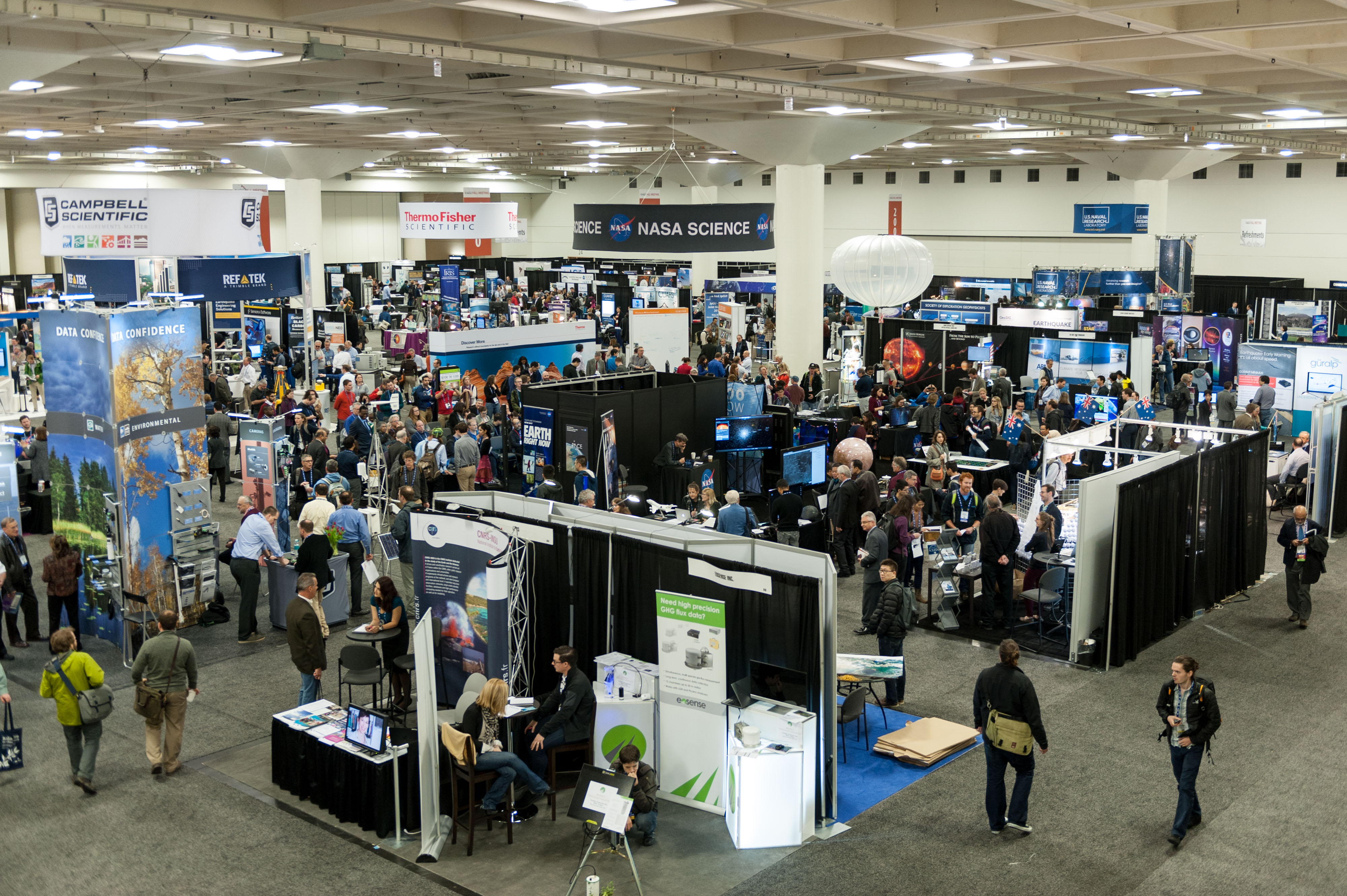The book is now available from these sellers: ![1119434297[1]](https://geoenergymath.com/wp-content/uploads/2018/11/11194342971.jpg)
Amazon: Mathematical Geoenergy: Discovery, Depletion and Renewal
Barnes&Noble: Mathematical Geoenergy: Discovery, Depletion and Renewal
Publisher – Wiley/AGU: Mathematical Geoenergy: Discovery, Depletion and Renewal
Cite as: Pukite, P., Coyne, D., & Challou, D. (2019). Mathematical Geoenergy: Discovery, Depletion, and Renewal (Vol. 241). John Wiley & Sons.
Google Books link
Outline and Chapter overviews at Wiley
Table of Contents
Front Matter (pp: i-viii)
CHAPTER 1 Introduction to Mathematical Geoenergy (pp: 1-3)
CHAPTER 2 Stochastic Modeling (pp: 5-9)
Part I : Depletion
CHAPTER 3 Fossil Fuel Depletion Modeling (pp: 11-16)
CHAPTER 4 Discovering Oil Reserves (pp: 17-39)
CHAPTER 5 Analysis of Production and the Shock Model (pp: 41-60)
CHAPTER 6 Characterizing Discovery, Production, Reserve Growth (61-84)
CHAPTER 7 Comparing the Oil Production Model to Data (pp: 85-107)
CHAPTER 8 Alternative Characterization and Models (pp: 109-130)
CHAPTER 9 Models for Future Production (pp: 131-153)
Part II : Renewal
CHAPTER 10 Energy Transition: Applying Probabilities & Physics (157-166)
CHAPTER 11 Wind Energy (pp: 167-178)
CHAPTER 12 Wave Energy (pp: 179-203)
CHAPTER 13 Geophysical Energy (Pages: 205-211)
CHAPTER 14 Thermal Energy: Diffusion and Heat Content (pp: 213-224)
CHAPTER 15 Latent Energy: Hydrological Cycle (pp: 225-231)
CHAPTER 16 Gravitational Potential Energy: Terrain & Topography (233-266)
CHAPTER 17 Solar Energy: Thermodynamic Balance (pp: 267-272)
CHAPTER 18 Geoenergy Conversion (pp: 273-289)
CHAPTER 19 Dissipative Energy: Resilience, Durability, & Reliability (291-303)
CHAPTER 20 Dispersed Energy: Particulates and Transport in the Environment (pp: 305-318)
CHAPTER 21 Electromagnetic Energy: Noise and Uncertainty (pp: 319-325)
Appendix A: The Effect and Role of Feedback (pp: 329-330)
Appendix B: Using Pipes and Flow to Compute Convolution (pp: 331-332)
Appendix C: Dispersion Analogies (pp: 333-339)
Appendix D: Regional Oil Discovery and Production Profiles (pp: 341-342)
Appendix E: Compartment Models (pp: 343-344)
Appendix F: US Reserve Growth (pp: 345-347)
Appendix G: Table of Acronyms (pp: 349)
INDEX (pp: 351-365) | First Page
Presentations at the American Geophysical Union (AGU) meeting in Washington D.C.
- Ephemeris calibration of Laplace’s tidal equation model for ENSO
Wednesday, 12 December 2018, 13:40 – 18:00
★☆★ Presentation archived on ESSOAR ★☆★ - Permian Basin Tight Oil Model to Predict Future Output
Monday, 10 December 2018, 08:00 – 12:20
- An interactive framework for understanding mathematical geoenergy
Friday, 14 December 2018, 08:00 – 12:20
- AGU Exhibition Hall — look for the Wiley/AGU booth


Pingback: Mathematical Geoenergy in a nutshell | GeoEnergy Math
Pingback: Gravitational Pull | GeoEnergy Math
Pingback: Complexity vs Simplicity in Geophysics | GeoEnergy Math
Mod: Irrelevant comment
Here’s some science for you intellectual wackos to ponder…https://www.climateconversation.org.nz/2021/02/science-says-change-the-weather-and-break-the-countrys-heart/
Cheers,
Mack.
Sky Dragon Slayers Chief Public Relations Officer.
LikeLike
The research category is topological considerations of Laplace’s Tidal Equations (a simplification of Navier-Stokes) applied to the equatorial themocline — the following is an evolutionary understanding via presentations and publications over the last 6 years
“Nonlinear long-period tidal forcing with application to ENSO, QBO, and Chandler wobble”, EGU General Assembly Conference Abstracts, 2021, EGU21-10515
ui.adsabs.harvard.edu/abs/2021EGUGA..2310515P/abstract
“Nonlinear Differential Equations with External Forcing”,
ICLR 2020 Workshop DeepDiffEq https://openreview.net/forum?id=XqOseg0L9Q
“Mathematical geoenergy: discovery, depletion, and renewal”
John Wiley & Sons, 2019, chapter 12: “Wave Energy” https://agupubs.onlinelibrary.wiley.com/doi/10.1002/9781119434351.ch12
“Ephemeris calibration of Laplace’s tidal equation model for ENSO”
AGU Fall Meeting 2018, https://www.essoar.org/doi/abs/10.1002/essoar.10500568.1
“Biennial-Aligned Lunisolar-Forcing of ENSO: Implications for Simplified Climate Models”
AGU Fall Meeting 2017, https://www.essoar.org/doi/abs/10.1002/essoar.b1c62a3df907a1fa.b18572c23dc245c9.1
“Analytical Formulation of Equatorial Standing Wave Phenomena: Application to QBO and ENSO” , AGU Fall Meeting Abstracts 2016, OS11B-04, ui.adsabs.harvard.edu/abs/2016AGUFMOS11B..04P/abstract
LikeLike
Cheers, another slightly more informed question.
Is there a relation between lightning and the green house effect? Specifically high energy solar vs. low energy solar radiation. Compton Scattering from solar radiation in the upper to middle troposphere tending to cause more lightning. Just another weird one like spiral gravity “waves” emitting from the sun because it is di core, LOL.
LikeLike
Sfb
LikeLike
Pingback: What happened to simple models? | GeoEnergy Math
Pingback: Dante GPT-4 | GeoEnergy Math
Pingback: Canonical Cross-Validation | GeoEnergy Math